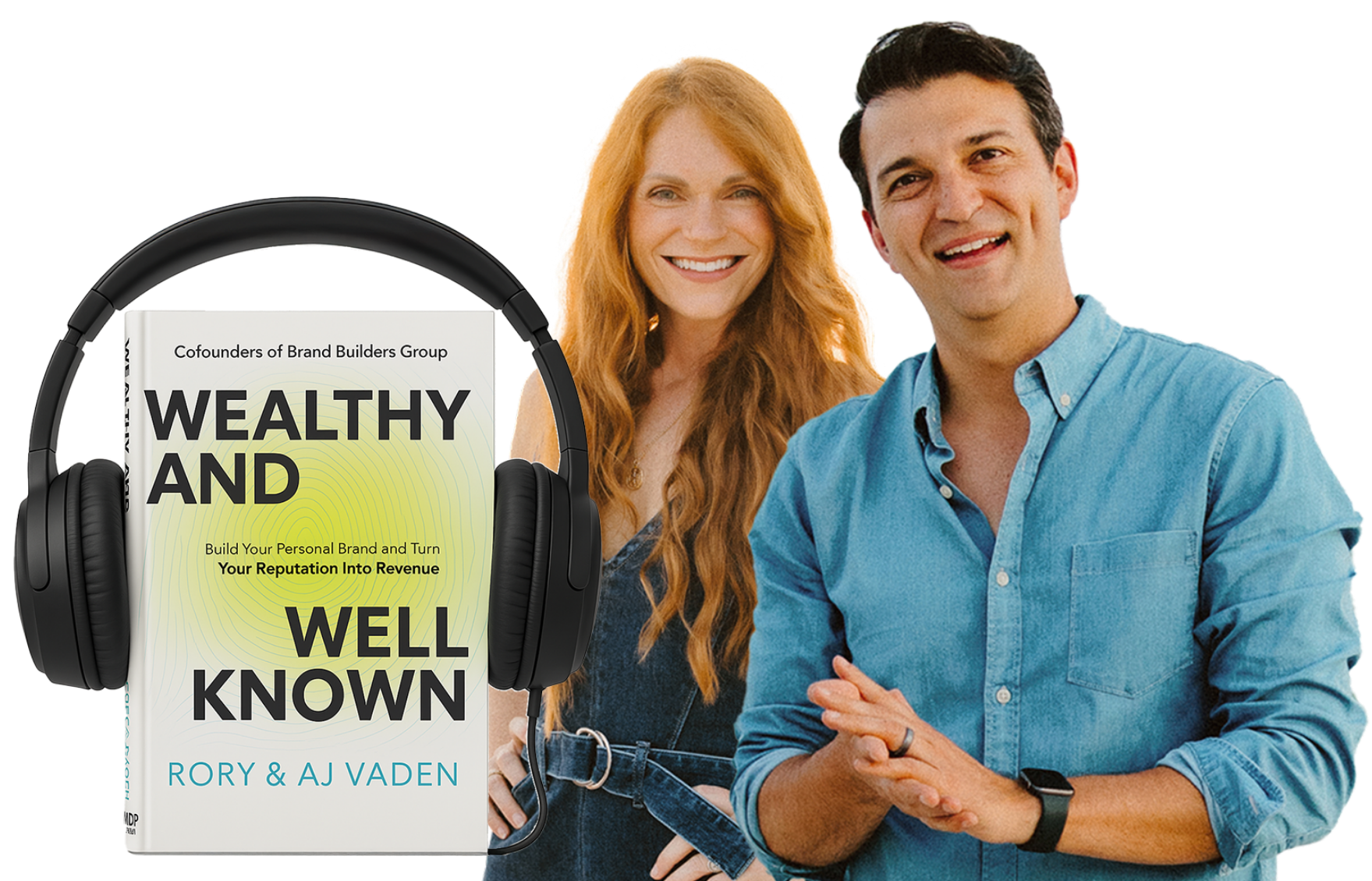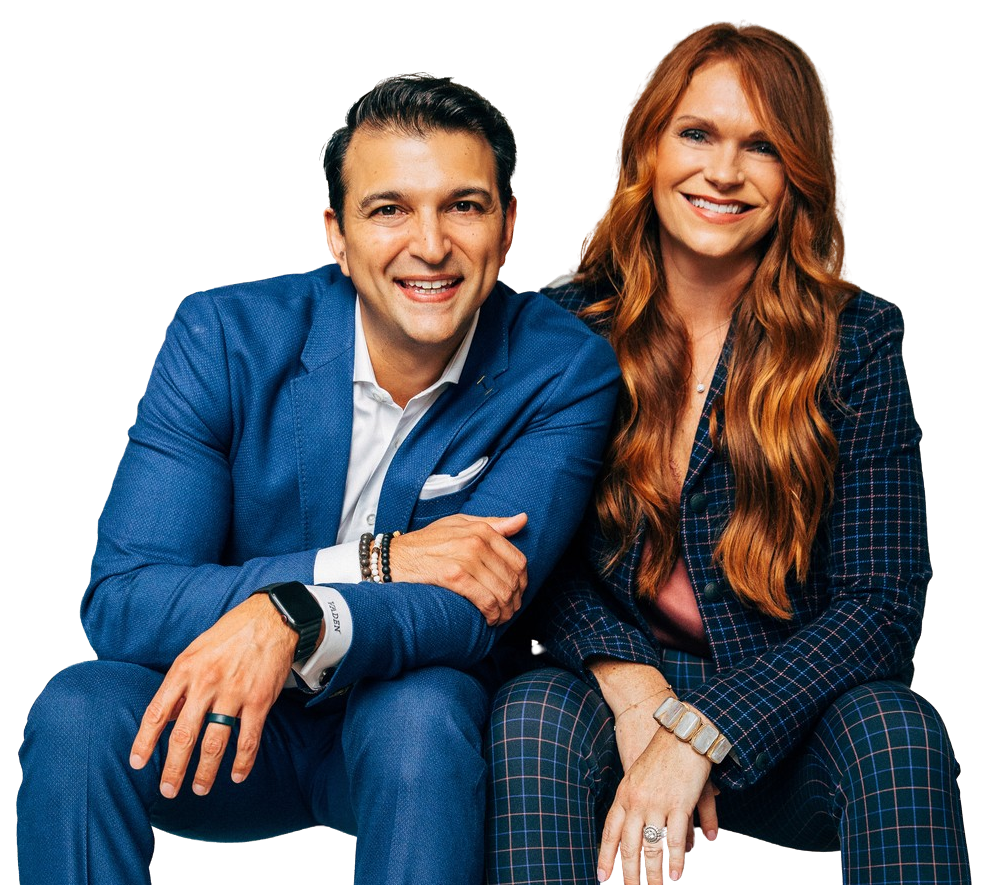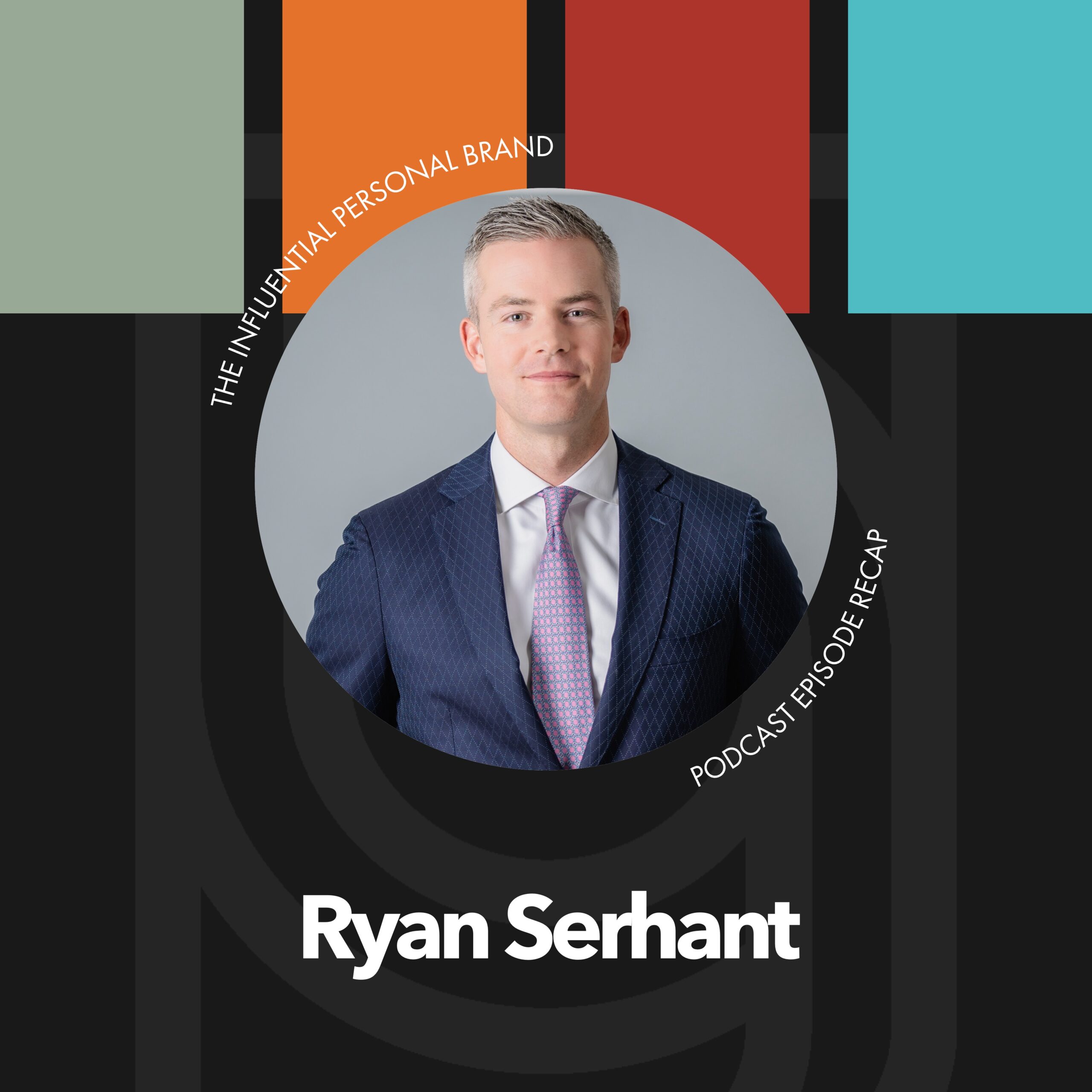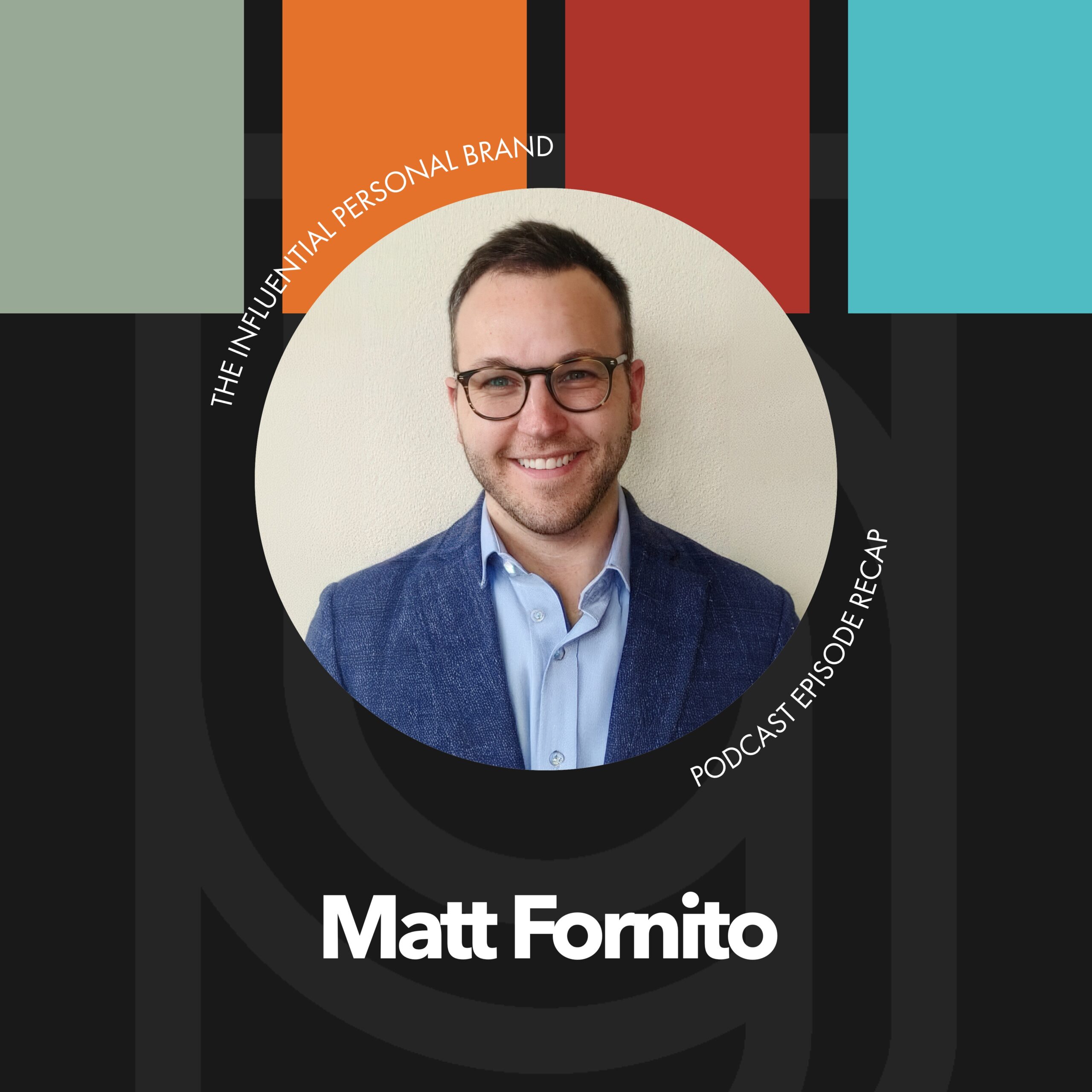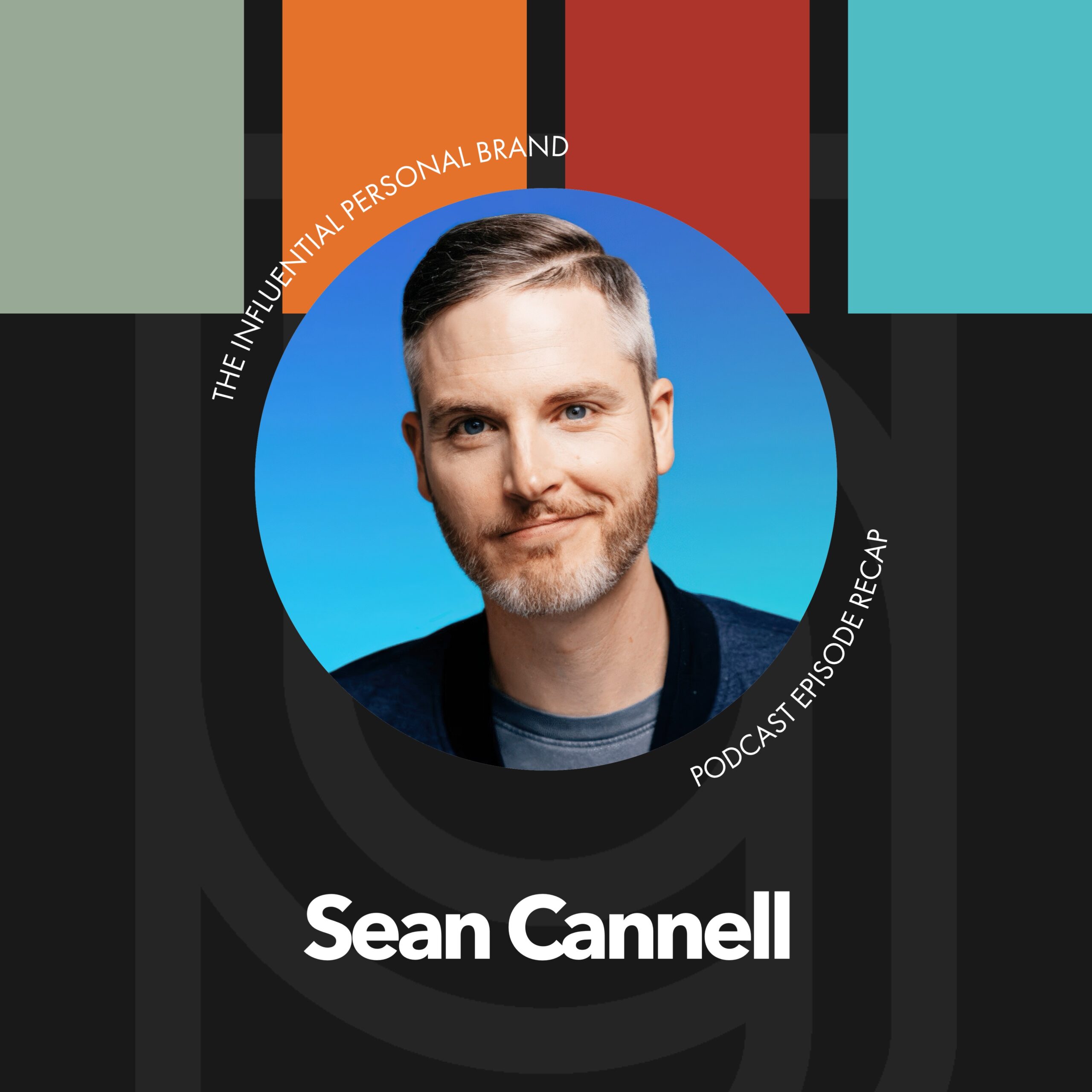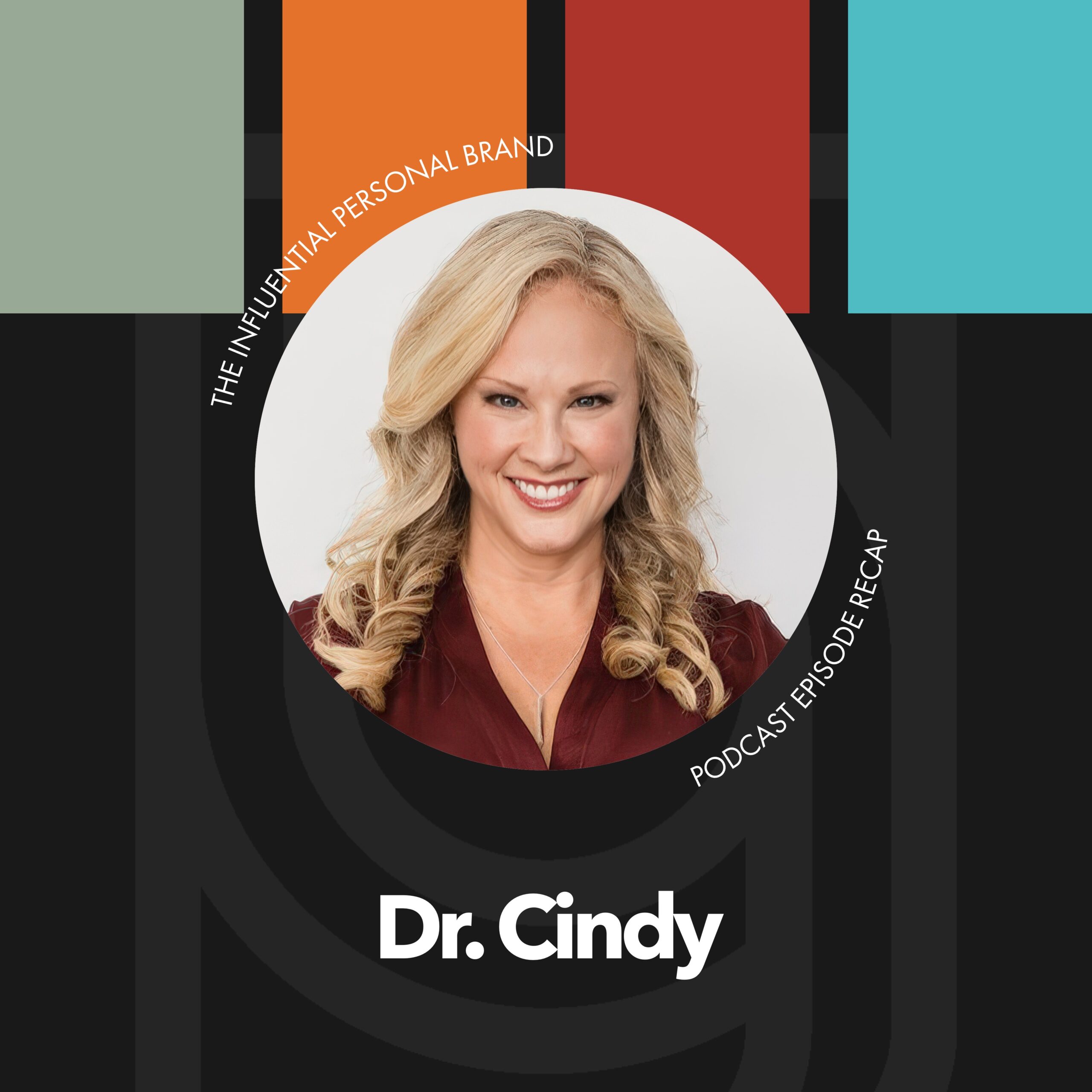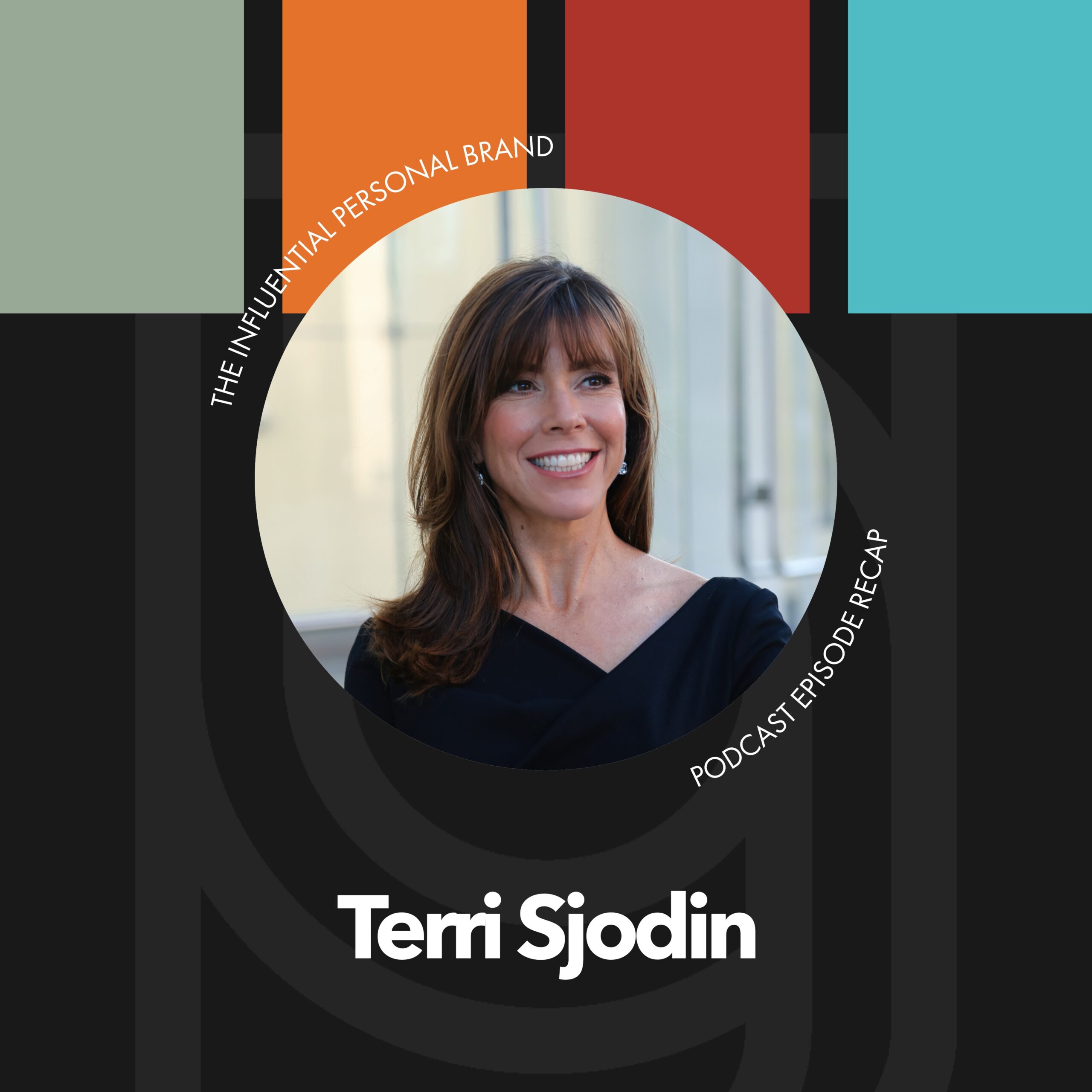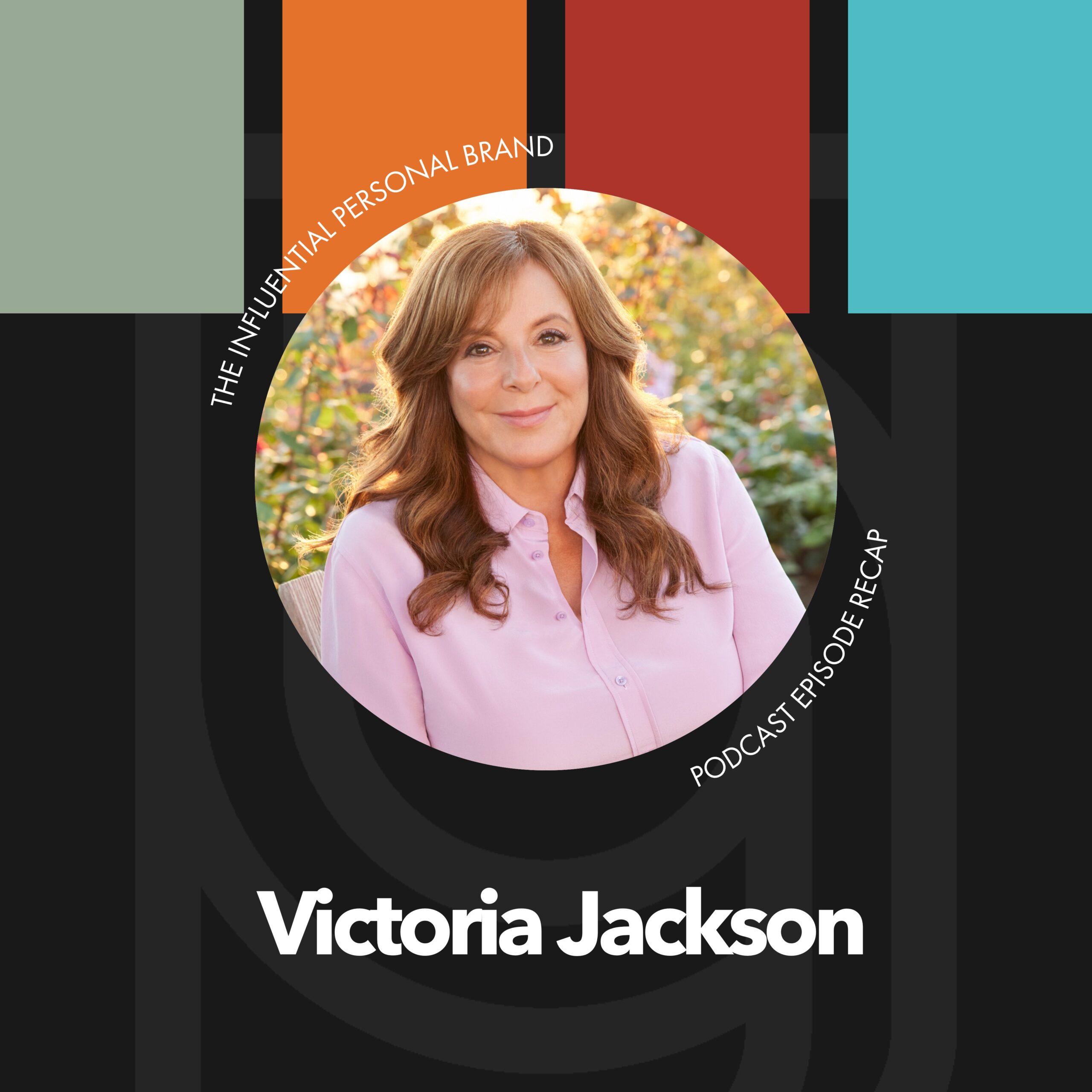Speaker 1: (00:06)
[Inaudible]
RV: (00:06)
Welcome to the recap edition of the influential personal brand podcast. We are breaking bad breaking down John Jantsch interview. And I’ve known him for a lot of years. And so it was a great, a great time to catch up with him. AJ is here with me. We’re going to give you our top three takeaways. I’m going to go first today. And as we were talking, you know, it wasn’t so much exactly something that John said, but it was something that he said that made me think about something that we have talked about. You know he mentioned our mutual friend, Mike Michalowitz and we were talking about writing books and it kind of dawned on me that when you write a book, your book shouldn’t be an initial hypothesis. It should be a final conclusion. In other words, you don’t publish a book when you have an idea about how something is, you publish it at the end, once you’ve kind of tested and tried out your concepts on your clients and yourself and your own business in your own life. And I guess that was just a simple takeaway, but it kind of edified in my mind. Oh, that is, that is worth realizing that it’s what happens at the end of a, of a career of research and testing. So that was my first.
AJV: (01:20)
Yeah. And honestly, mine is quite similar to that. And it just talked about, he talked a lot about when he has an idea I’m reading my notes here, so I don’t forget, but he has an idea. He immediately started writing about it and I thought that was really good. And it’s kind of seems like a duh aha moment, but it’s really more of like putting that writing out into the public. So, so as soon as I have an idea, I start writing about it and testing the content. And that’s where I get feedback and suggestions and ideas. It’s not that all of this content creation happens in a silo. It actually happens out in the open in the public with other people participating and help vet the idea. And that’s very similar to yours. I don’t publish an initial hypothesis. I publish the conclusion, but how I get there is I actually start putting the content out immediately. I put it out in blogs and podcasts and social media, and I use my community to give me the process of bedding through it, to figure out what really stuck. And I thought that was a really great quick takeaway.
RV: (02:22)
Yeah. And it’s kind of like, it gives you a lot more confidence that like this, these ideas have been tested
AJV: (02:27)
And people really like it and it’s valuable. Yeah. Yeah. That’s a very good, it’s creating your own built-in audience for the content.
RV: (02:34)
Yeah. Yeah. And they’re all kind of like your audience is helping you, helping you write it. So all right. So my second takeaway was I think just, just a good reminder of, and this is a central premise of we have a phase three event called high traffic strategies where we talk all about like, you know, paid traffic and everything. And it was just this idea that your audience already exists somewhere. So you just got to figure out while you’re, while you’re building your own audience, you need to also be working to find an existing audience. And I think there’s so many opportunities for partnerships here. And that’s one thing that John has done really well with his whole community. But for you in your business, think about who serves the same client you serve, but in a different way. And at brand builders group, I think as we get more, you know, mature as a company, we’ve only been around for a couple of years, but I think over time, our team will get better at pairing up our own clients. And I was thinking we have this, you know, we have a client ed who has a marketing firm who does marketing for small business owners. And then we have lots of other clients that are financial advisors and they do wealth planning and they often manage 401k’s for small business owners. So they’re, they’re selling to the same person, but they’re selling to different services. They’re not competitive. And that’s a great place to look for partnerships is who is serving your same audience, but with a different product or service.
AJV: (04:09)
Yeah. That’s so good, simple, simple, but really important and strategic and something that quite often we overlook the simplest things. So I think that’s really, that’s really good. Okay. So my, my second thing, and this is not a new thing that we’ve heard from a ton of our guests, but again, it’s one of those things that I feel like out in the normal everyday world world, you don’t hear a lot about, which is the focus has to be on building your email list, not on your followers. And I think that’s just, that’s so huge. And it’s so repetitive with almost every single guest who comes on our show is yes, there’s tons of value when it comes to social media, but the focus has to be on building your email list. Do not forget the importance of your email list. And for all of you out there who don’t have a process or a plan of building your email list, get one, find one, what’s your lead capture. What’s the simple download what’s that ebook or video course or a webinar funnel, whatever it is, whatever you can get out there to drive all of your social media followers to a place where you can capture their email list. That is the priority. And again, once again, that as a, a huge part of the truth behind building a sustainable personal brand is having an email list that you can market to.
RV: (05:29)
Yeah. And you know, one thing that you did, you kind of spearheaded this internally for our new website, which I would have never even thought to do, but you guys did this, the whole team was you created a lead magnet for each different event that we have, or like each different product. So it’s like not only are we building an email list now, now we have a dedicated list, a segmented list for every product offering that we have that’s developing. And that’s kind of like, you know, if you already have an email list, that’s kind of like a next level version of it.
AJV: (06:00)
Well, it’s just like for any of you who already have content, you already have a lead capture. You just haven’t turned it into it. Or you have, and maybe you have several different products. Maybe you have a book and a course and a coaching program, well, you should have a lead magnet for each of those. Or maybe you have a coaching program with four different curriculum offerings while you should have a lead magnet for each of those. Like, if you already have the curriculum, you already have the lead magnet, you just haven’t turned it into it. And that was the beautiful thing about what we did on our new website. It’s like, no, we have 15 event curriculums, 15 different two day events that we do. So I already had the workbook and the PowerPoint I just had to go through and edit it and turn it into a simple lead capture. The content was already there. It just needed to be formulated into something that people would want as a free standalone product. Yeah.
RV: (06:51)
But like, literally what you’re saying, you already have it. Like, I never thought that, and it took another person like you to just go, Hey, we already have this. Let’s just, you know, make a shortened version and make it a lead magnet. So you, you step over this stuff, even, even when you do it all day, every day, like, like we do teamwork, teamwork makes the dream work Baden okay, awesome. So the third point for me is a total nerdy thing, a total tech thing. And you’ve probably heard me light up cause I light up about nerdy stuff like
AJV: (07:21)
This, just trying to get free consulting,
RV: (07:25)
Which is what I’m doing on every, every interview. That’s what I, that is what I’m doing. But you know, when we, when we teach even high traffic strategies and there’s a section on Google and we talk about search engine optimization and H one tags and H two tags and metatags but there’s this thing called structured data that I did not know about. Like, I literally, you know, with you listen to the interview, it’s like, what is this? Like, how do I not know this, this thing with structured data is just apparently like, you know, tables and, and just another way to signal to Google what this element is on your page, so that your page ranks for people searching for those terms. And I mean,

